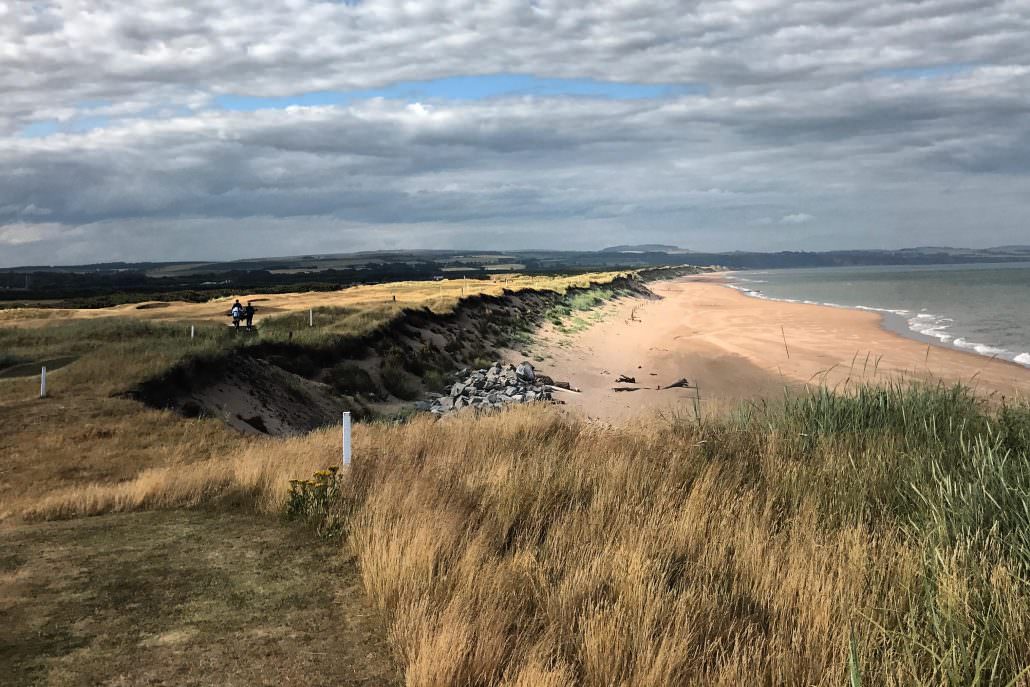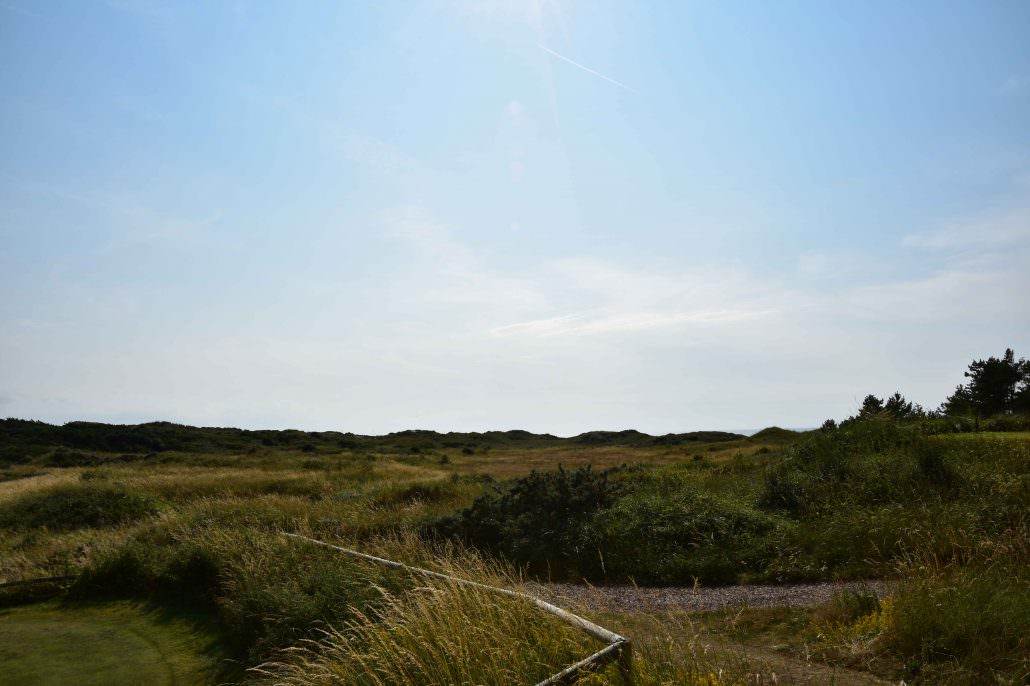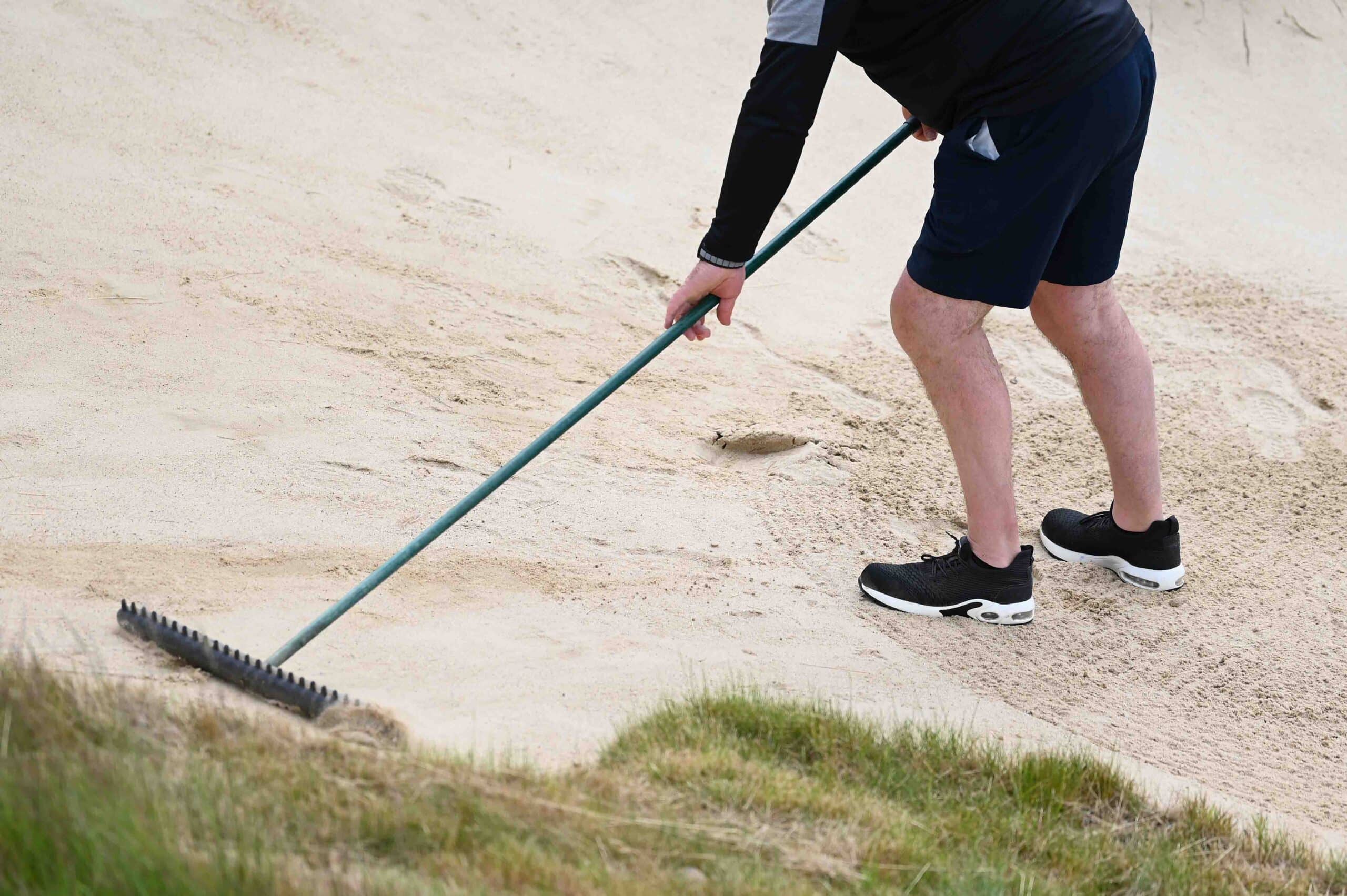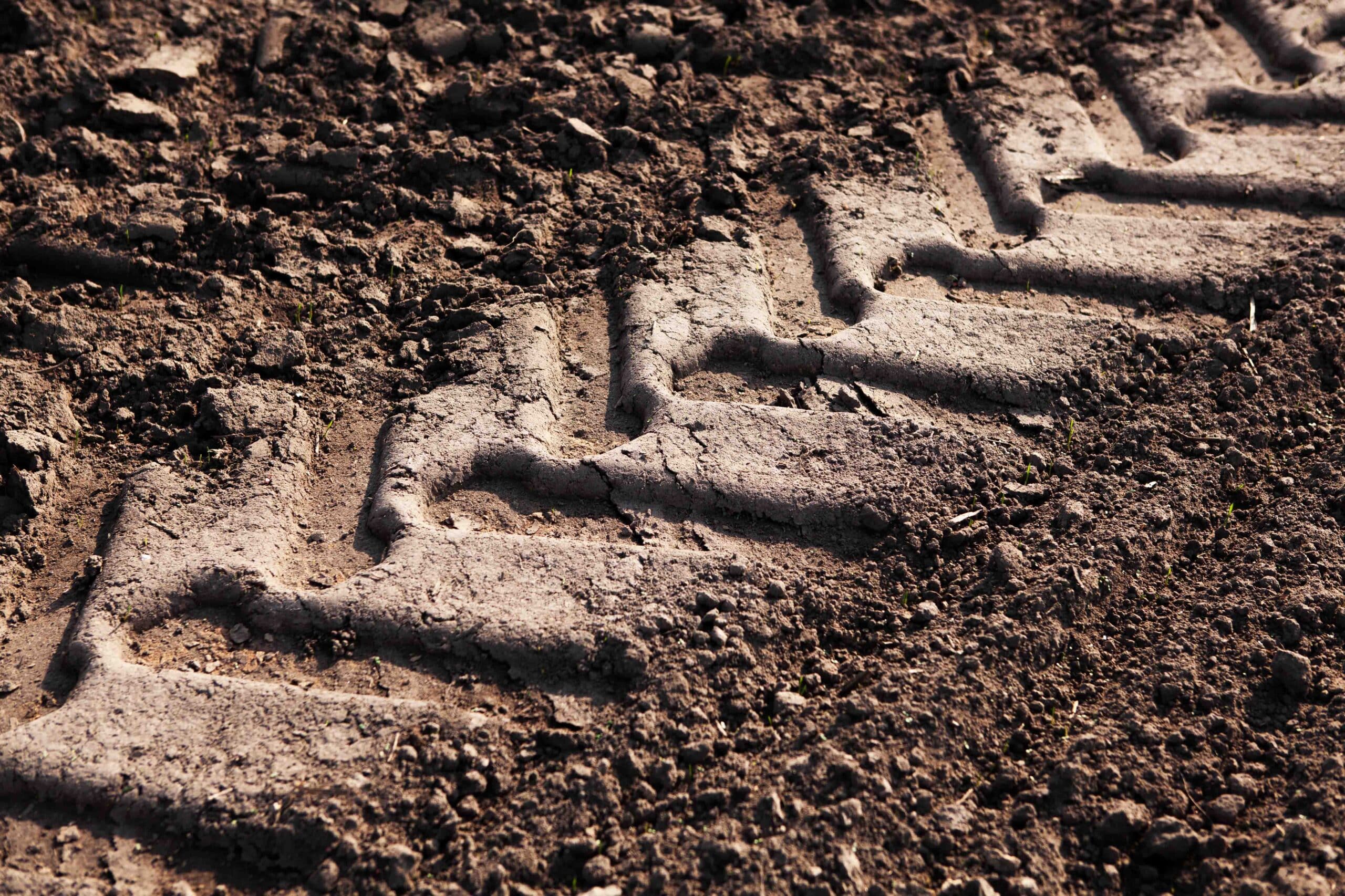
The battle to save the links courses disappearing into the sea
Golf and coastal erosion: Introduction
Clear the pines that frame the back of the 9th green and the way paves to thick dunes almost as far as the vision allows. The Irish Sea is out there but it’s a keen eye that can scan over the mounds of grass and sand to find those specks of blue in the distance.
It’s close to 200 metres away and it’s only at this point, stood on the 10th tee at Formby, that the realisation finally dawns of the destructive power coastal erosion is having on our links golf heritage.
For in the space of a single lifetime, none of it will exist. Formby Point is the fastest eroding coastline in the UK, according to club secretary/manager Stuart Leech, and Mother Nature is encroaching on the historic fairways and greens at the rate of two and a half metres a year.

By 2085, the coast will be at the championship blue tee – leaving the club planning for a future without some of their most attractive holes.
Formby are by no means the only club facing this problem. Last year, the Climate Coalition warned that Open venues like St Andrews and Royal Troon could be under water by the end of the century if sea levels rose as a result of climate change.
Coastal erosion, both natural, man made and linked to changing weather patterns, is already lapping at the edges of many our links treasures – with Montrose and Royal North Devon among those taking evasive action to try and stop the tides.
But how big is the problem, and can anything be done about it?
Head to the next page to continue reading our special investigation on golf courses and coastal erosion in order or choose from the options below…
Next page:
Explore more:
How Montrose is falling into the North Sea
Formby’s future-proofing plan for new holes
How Royal North Devon lost 20 metres in three nights
Is Abersoch an avoidable catastrophe?
The affect of coastal erosion on golfing communities
What can be done to tackle coastal erosion?
How Royal Dornoch is fighting coastal erosion
The stark reality of coastal erosion
Steve Carroll

A journalist for 25 years, Steve has been immersed in club golf for almost as long. A former club captain, he has passed the Level 3 Rules of Golf exam with distinction having attended the R&A's prestigious Tournament Administrators and Referees Seminar.
Steve has officiated at a host of high-profile tournaments, including Open Regional Qualifying, PGA Fourball Championship, English Men's Senior Amateur, and the North of England Amateur Championship. In 2023, he made his international debut as part of the team that refereed England vs Switzerland U16 girls.
A part of NCG's Top 100s panel, Steve has a particular love of links golf and is frantically trying to restore his single-figure handicap. He currently floats at around 11.
Steve plays at Close House, in Newcastle, and York GC, where he is a member of the club's matches and competitions committee and referees the annual 36-hole scratch York Rose Bowl.
Having studied history at Newcastle University, he became a journalist having passed his NTCJ exams at Darlington College of Technology.
What's in Steve's bag: TaylorMade Stealth 2 driver, 3-wood, and hybrids; TaylorMade Stealth 2 irons; TaylorMade Hi-Toe, Ping ChipR, Sik Putter.










